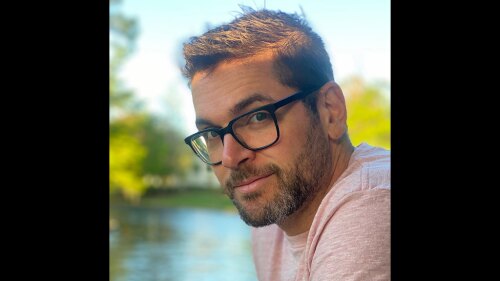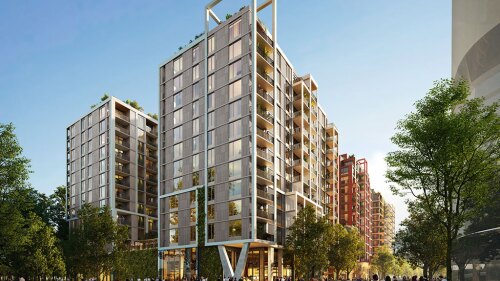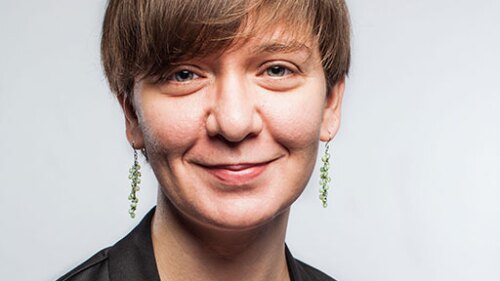August 29 marks the tenth anniversary of Hurricane Katrina flooding New Orleans and devastating the Gulf Coast. From an urban development perspective, this is an anniversary that is best marked not by looking back at what was lost, but by looking at what has happened since. In the post-Katrina years, New Orleans has remade itself into a city that is no less unique and entertaining than it was before the storm, but one that is far more resilient, because it has focused not just on building back, but on building better.
In the rebuilding process, New Orleans has acted strategically on several fronts, including restoring marshland and wetlands to help absorb floodwaters; incentivizing the construction of appealing, affordable housing using green technology; and diversifying its economy to reduce its dependence on oil and gas. The result: a city that is more environmentally sustainable, socially cohesive, and economically prosperous, and which, as a result, is attracting new residents, businesses, and investors.
New Orleans has become—as the Rockefeller Foundation president and ULI J.C. Nichols laureate Judith Rodin said earlier this year—a city that is reaping the “resilience dividend,” a term she uses to describe the benefits of investments that strengthen the ability of communities to withstand economic, environmental, and social stresses. Rather than “returning to what feels like normal,” she noted, the city has wisely “used the rebuilding as an opportunity to revitalize.”
What has happened in New Orleans is happening in places around the world, as building for resilience and adapting to climate change have become top priorities. Urban development—from densely populated coastal cities to oceanfront resorts—has been and will be increasingly affected by the impacts of climate change, including rising sea levels, extreme heat, drought, and storms of greater intensity.
As the resilience movement has gained momentum, we are seeing innovative approaches to the planning, design, development, financing, and insuring of real estate. And, as these strategies have evolved, we are seeing greater acceptance of the reality that it is not always possible—or wise—to keep building homes and businesses exactly where and how they have always been built. This is compelling the real estate industry to work ever more closely with the public sector and other community stakeholders to develop in a way that better protects both the built and natural environments, by conserving energy as well as land and other resources.
ULI’s Center for Sustainability has published numerous reports on improving community resilience. A Guide for Assessing Climate Change Risk analyzes types of risks and types of assets that merit protecting and potential damages a city might face when dealing with adverse events. Resilience Strategies for Communities at Risk demonstrates how strategies related to land use; infrastructure and technology; finance, investment, and insurance; and leadership and governance can be applied to cities around the globe. Resilience Strategies along the Rural-Urban Transect evaluates how community size, location, and density all factor into resilience planning and appropriate strategy development. All the reports are available at uli.org/research/centers-initiatives/urban-resilience-program/reports/.
The Institute’s work in this area has been aided by generous support from the Kresge Foundation, which funded Advisory Services panels in Portland, Maine; Norfolk, Virginia; Seattle, Washington; and northern Colorado. Each panel made resilience recommendations tailored to the environmental, economic, and demographic specifics of those markets. Kresge also supported Living with Water, published by ULI Boston, and Tackling Sea-Level Rise, published by ULI San Francisco, both of which offer innovative ideas on resilience as a means of preparing for disasters and long-term changes. And, ULI Philippines has addressed this topic with a report that examines recovery and rebuilding following Typhoon Yolanda.
One key finding from all our work is this: improving resilience is about much more than just reducing disaster-related risk. Community resilience needs to address not just environmental factors, but also quality of life and economic prosperity. Sustainability, livability, health, and prosperity are linked, and all are necessary components of resilience. This holistic view is what has helped New Orleans and other places think beyond catastrophes and evolve into thriving 21st-century cities with more potential and promise than ever before.
Community resilience will be among the topics that will be front and center at our upcoming Fall Meeting, set for October 5–8 at the Moscone Center in San Francisco. This city—a leader and trendsetter in so many ways—exemplifies how to strengthen community resilience through what is built, where it is built, and how it is built. I hope you will join us. Your knowledge is our content, and what you share in San Francisco will be reshared throughout ULI’s global networks. Together, we can show the world that building for resilience is an opportunity to build better communities for the long haul.








